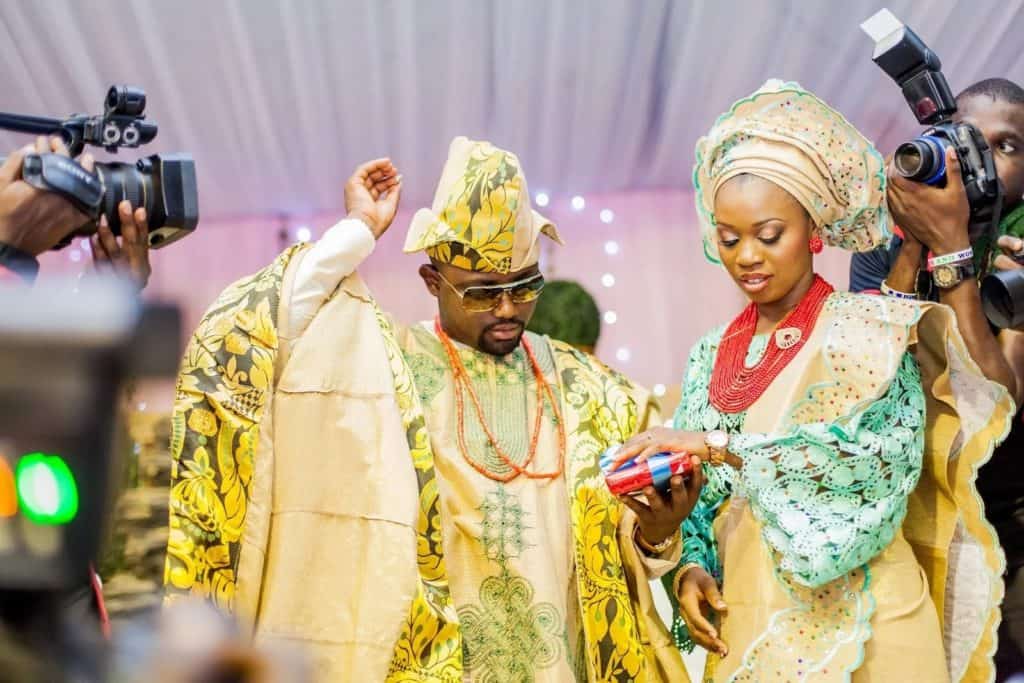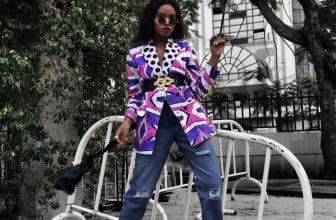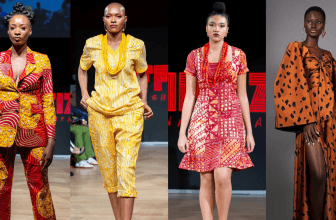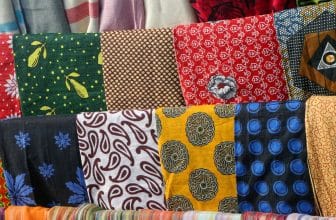Aso Oke — The Royal Cloth That Wove Nigeria’s Heritage

Introduction
Before modern fashion weeks or runway lights, there was Aso Oke — a handwoven masterpiece from the Yoruba people of southwestern Nigeria.
It is not just cloth. It is royalty made visible.
From coronations to weddings, Aso Oke has long been the language of celebration, identity, and dignity. It’s what kings, queens, and families wear to say — this is who we are.
1. The Meaning of “Aso Oke”
In Yoruba, Aso Oke means “top cloth” — the finest of garments.
It was originally reserved for kings, chiefs, and people of honor.
The threads were spun by hand, the colors chosen carefully, and the patterns woven with sacred precision. Each strand carried the pride of a people who believed that beauty is a form of strength.
2. The Art of Weaving Royalty
Weaving Aso Oke is no small feat.
The process begins on a narrow-strip loom, operated mostly by skilled male weavers.
Each strip, about four inches wide, is joined together to create a larger piece — like building royalty thread by thread.
The designs come alive in three main styles:
• Etu – deep indigo and white patterns, symbolizing wisdom and depth.
• Sanyan – woven with beige silk from the Anaphe worm, representing purity and peace.
• Alaari – rich crimson tones that radiate power and joy.
Each fabric has its moment — from royal events to traditional weddings, where families wrap themselves in history.
3. Aso Oke in Today’s Nigeria
Walk through any Nigerian celebration today and you’ll see Aso Oke in full splendor — redesigned into gowns, agbadas, and even sneakers.
Contemporary designers are blending it with chiffon, lace, and denim to give the fabric a global voice.
It’s a cultural evolution — a dialogue between tradition and modernity.
Even global celebrities have begun embracing Aso Oke-inspired designs on red carpets, proving that African luxury belongs on every stage.
4. Beyond Fashion — A Symbol of Unity
Aso Oke is also a symbol of family and community.
When families attend weddings or festivals wearing matching Aso Oke (a practice called Aso Ebi), it signifies unity, joy, and shared heritage.
It’s not just about style — it’s about belonging.
In a world of constant change, Aso Oke reminds us that roots are worth celebrating.
5. The Future of Aso Oke
Today, young Nigerian artisans are reimagining Aso Oke for export markets.
From eco-friendly fibers to digital weaving, innovation is keeping this ancient craft alive.
Government and NGOs are now supporting weaving centers in towns like Oshogbo, Oyo, and Ilorin, empowering artisans to teach, earn, and preserve their heritage.
The future of Aso Oke is not just in fashion — it’s in storytelling, tourism, and cultural pride.
Conclusion
Aso Oke is not just woven cloth — it is woven history.
It reminds every wearer that culture can be both ancient and new, humble and majestic.
In every fold lies a message: You are the continuation of greatness.






